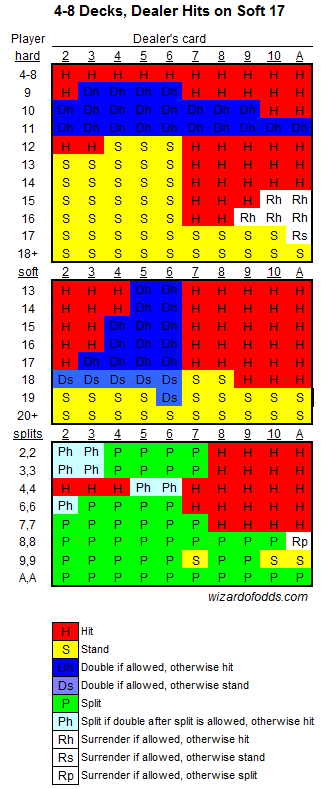Blackjack Payout
- Perfect Pairs is a blackjack side bet that lets you bet on whether your first two cards will be a pair. If they are, the payout will depend on what kind of a pair is it. A perfect pair would be two identical cards, of the same rank and suit – for example, two Kings of spades.
- Avoid 6-5 Games. One of the easiest ways to ensure you’re getting the highest payouts possible in blackjack is to avoid the games that payout 6:5 for a blackjack. The 6:5 games only pay out $1.20 for every $1 wagered, whereas you’re paid $1.50 in 3:2 games.
- Diamond Reels Casino.
By adding the value of the casino comps to your expected return when you play blackjack, you can, at a minimum, virtually eliminate the house edge against you. It’s also possible to gain the monetary edge over the casino. By playing perfect basic strategy, your expected return is 99.5% (assuming a 0.5% casino edge).
Overview of 21+3 Blackjack

The 21+3 side bet is optional, and its size does not need to be the same as the main bet. In order to play the side-bet, you need to participate in the main hand.
Placing a bet in the 21+3 square is all you need to do to participate. As soon as the deal is made, and before any player takes any actions the 2 player cards and the dealer’s up-card (or only card in European Blackjack) are compared to the pay table.
There are several variations of 21+3 payouts, the most simple pays from a ‘flush +pair’ and up, with 9-to-1 payouts in each case. When pairs are also included, this is hit more often, so the prizes are lowered to reflect this. There are 3-to-1 for all hands (pair, flush, straight, trips and straight flush) or there are staggered pay tables.
When the prizes are staggered, a straight flush or better can win significant money. Here is an example:
- Flush – Pays 5:1
- Straight – Pays 10:1
- Straight Flush – Pays 35:1
- Three of a Kind – Pays 33:1
- Suited 3 of a Kind – 100:1
3 2 Blackjack Payout Chart
Keep in mind that depending on the pay table, the house edge can get as high as 13% for this side bet. You can find examples of games (depending on the number of decks in use) where this is around 2.78% instead.
Strategy for 21+3 Blackjack
It goes without saying that knowing the correct basic strategy of the base game is a prerequisite here. Without this you are just handing money to the house.
Your main ‘strategy’ decision over the long run with the 21+3 side-bet is whether to play or not. The house edge is bigger than in most base games. If you know this, then you get to decide whether the added interest and entertainment (and chance of a windfall win) are worth it to you. If the extra engagement from the 21+3 bet works for you – then you can simply add a little to your bankroll to cover this.
Card counters can beat this game by memorizing the suits as they are dealt. It is possible on some deals to find one suit over-represented as the shoe gets smaller – turning the edge positive for players. The expected hourly rate for this is very low compared to other forms of counting. Online the deck is shuffled after each hand, making card counting impossible.
Blackjack Payout Practice
Pros and Cons of 21+3 Blackjack
Blackjack Payout Ratio
Adding a poker style hand to blackjack makes for an interesting variation – though I do wonder whether ‘purists’ in either discipline would approve! Depending on which of the pay tables you use there is the chance of a 9-to-1 or even bigger windfall. That elusive suited 3-of-a-kind (paying 100-to-1) would certainly be memorable.
Blackjack Payout 3 To 2
Whether you participate depends on your attitude towards side-bets in general. Some players like these bets, and are happy to pay the extra house-edge for the chance of the occasional big win. Others scorn these bets as long-term losers.